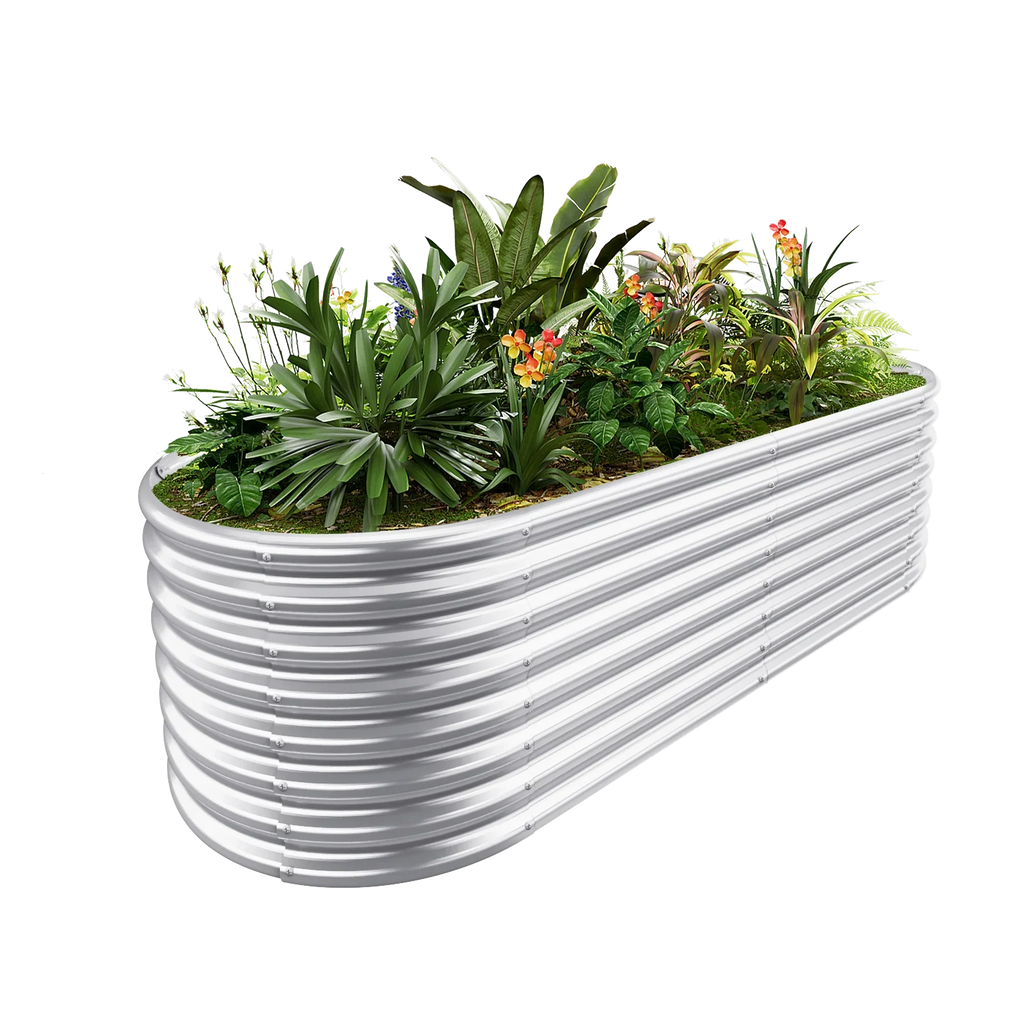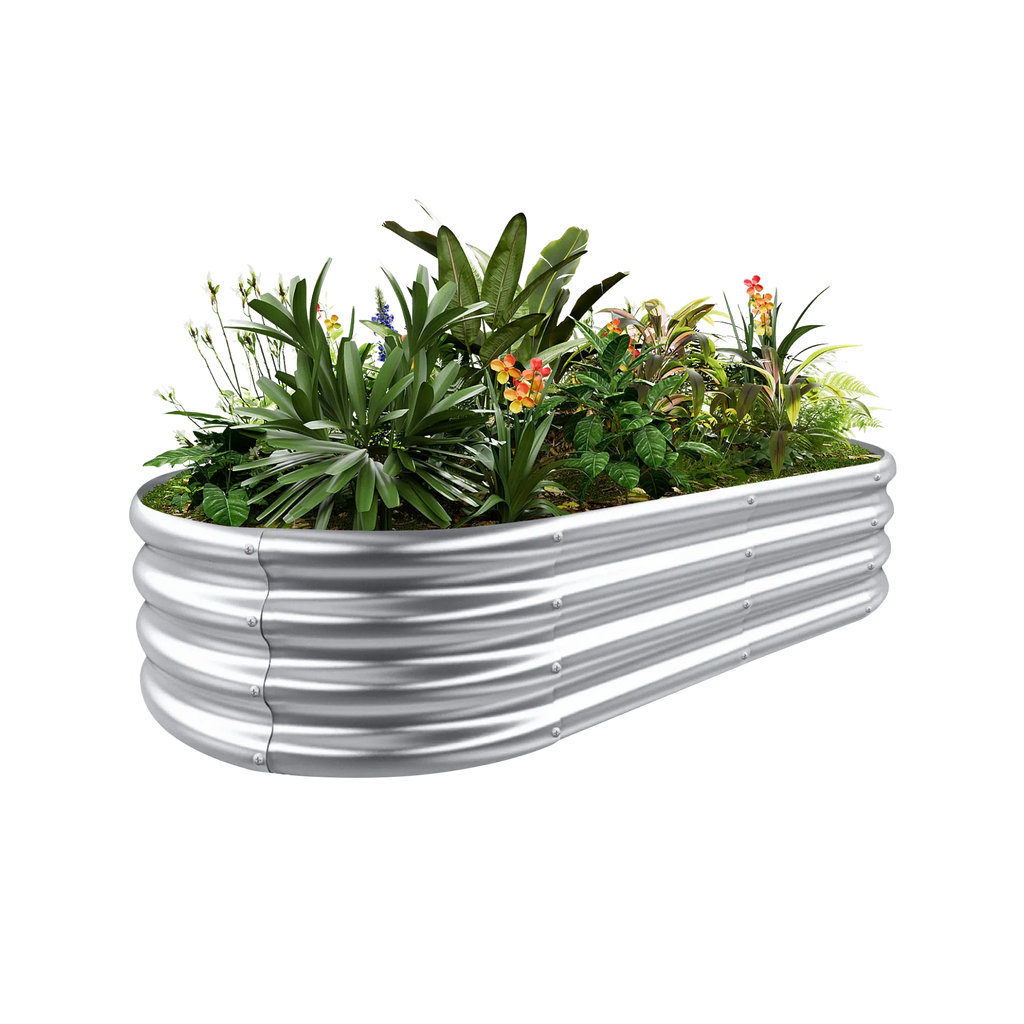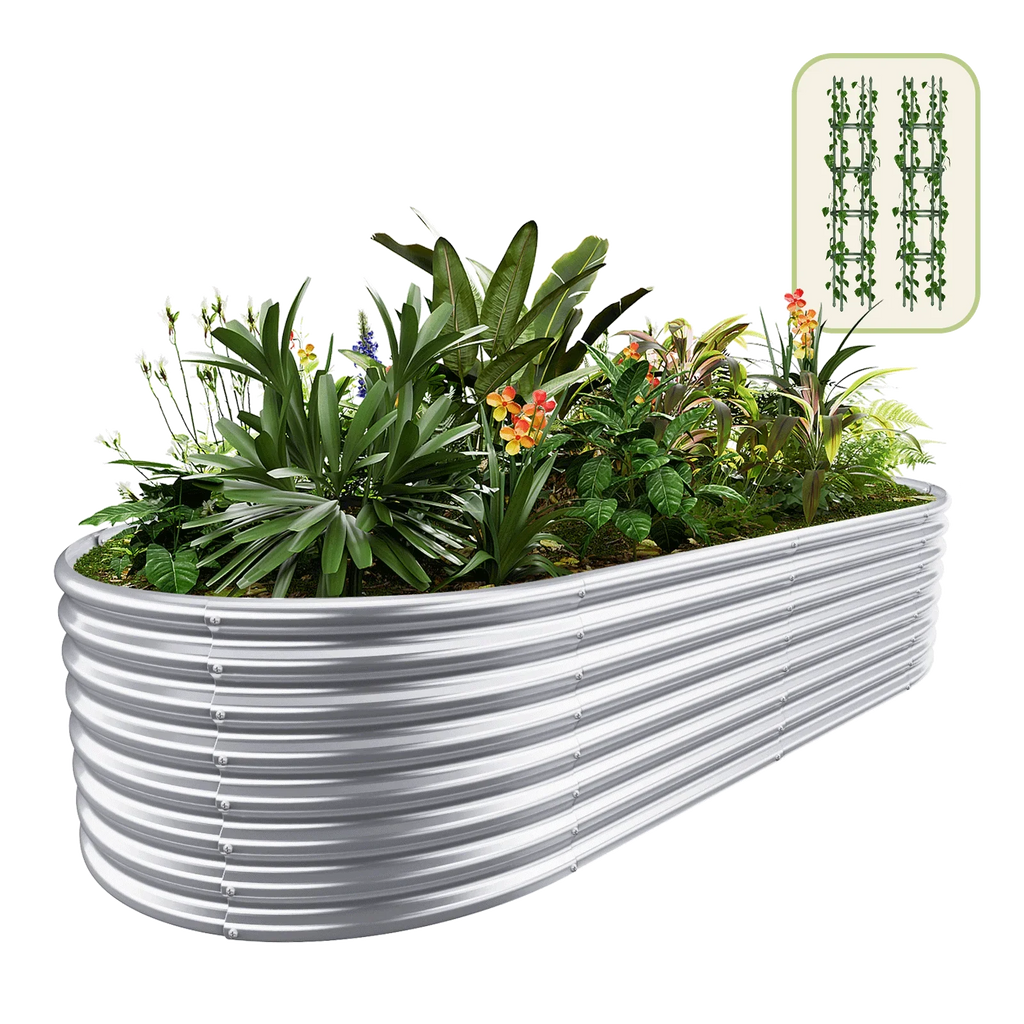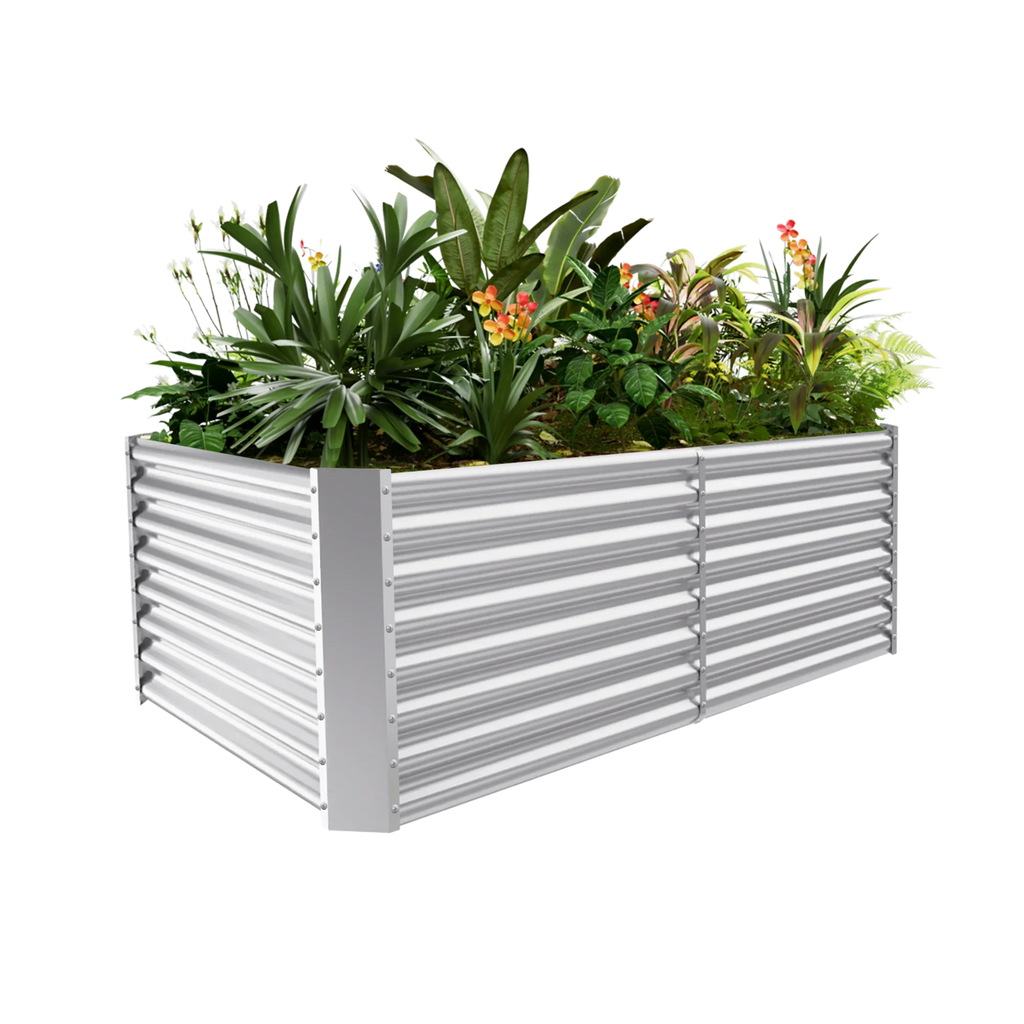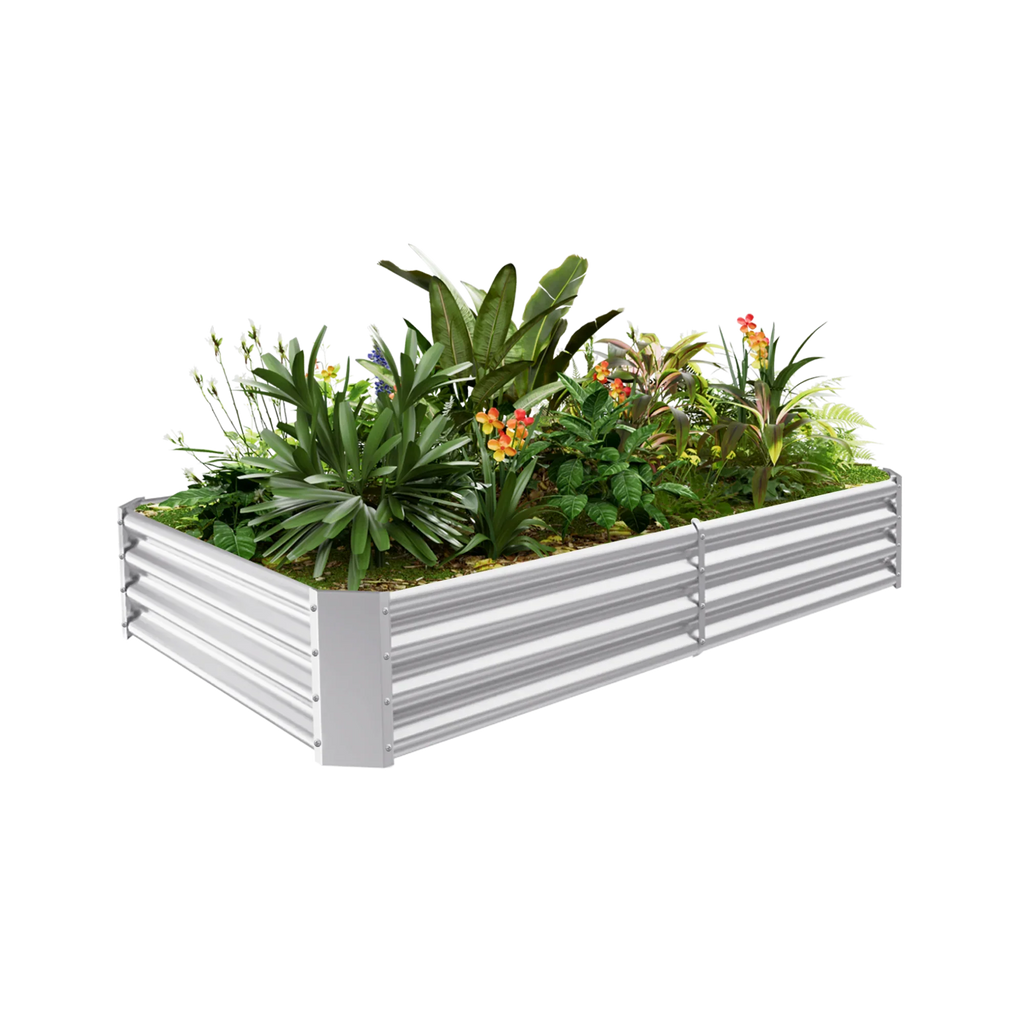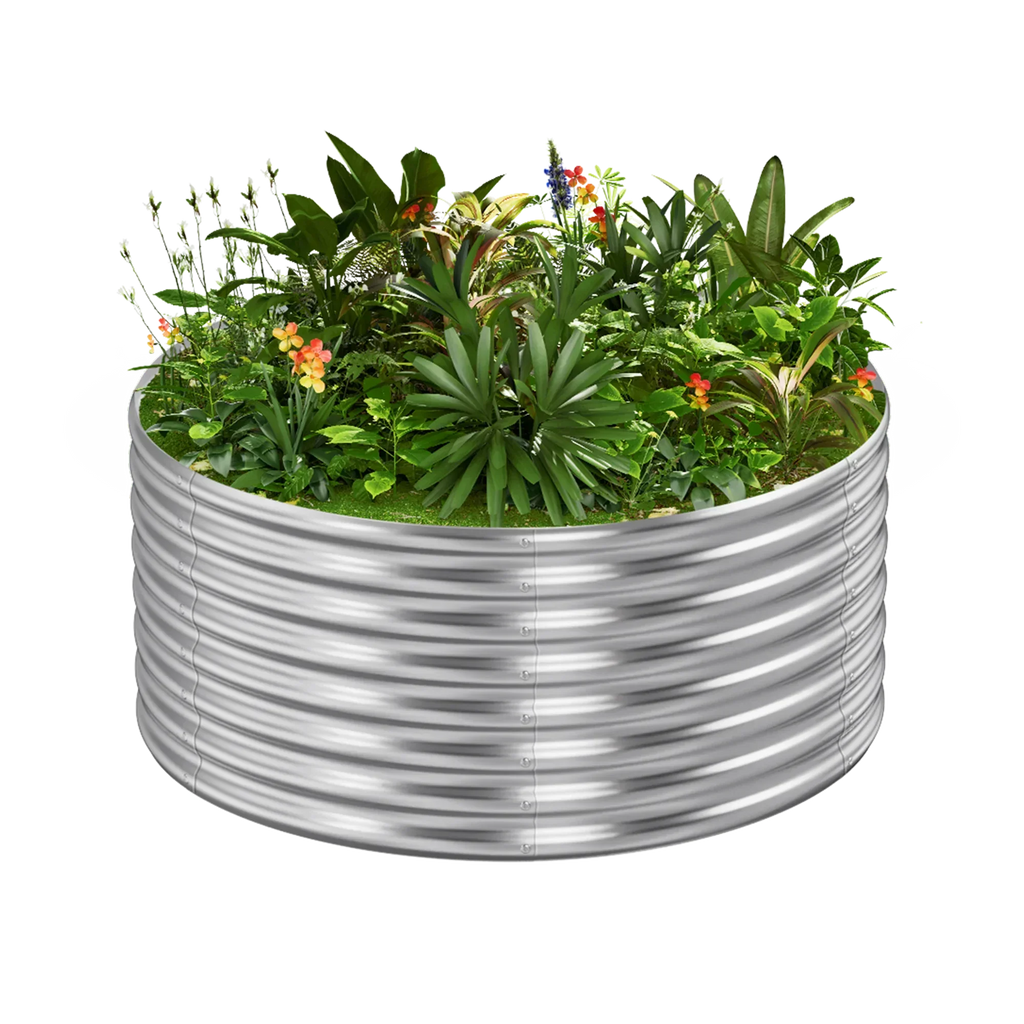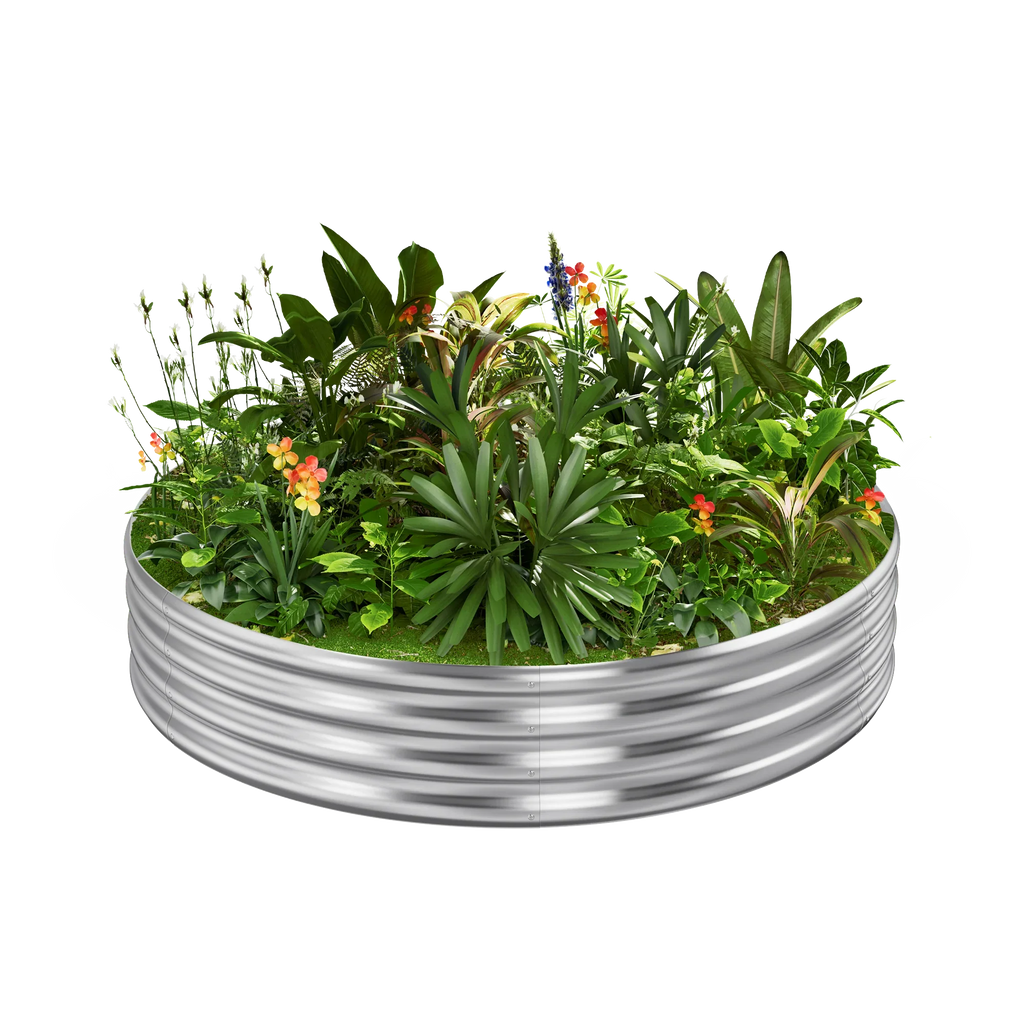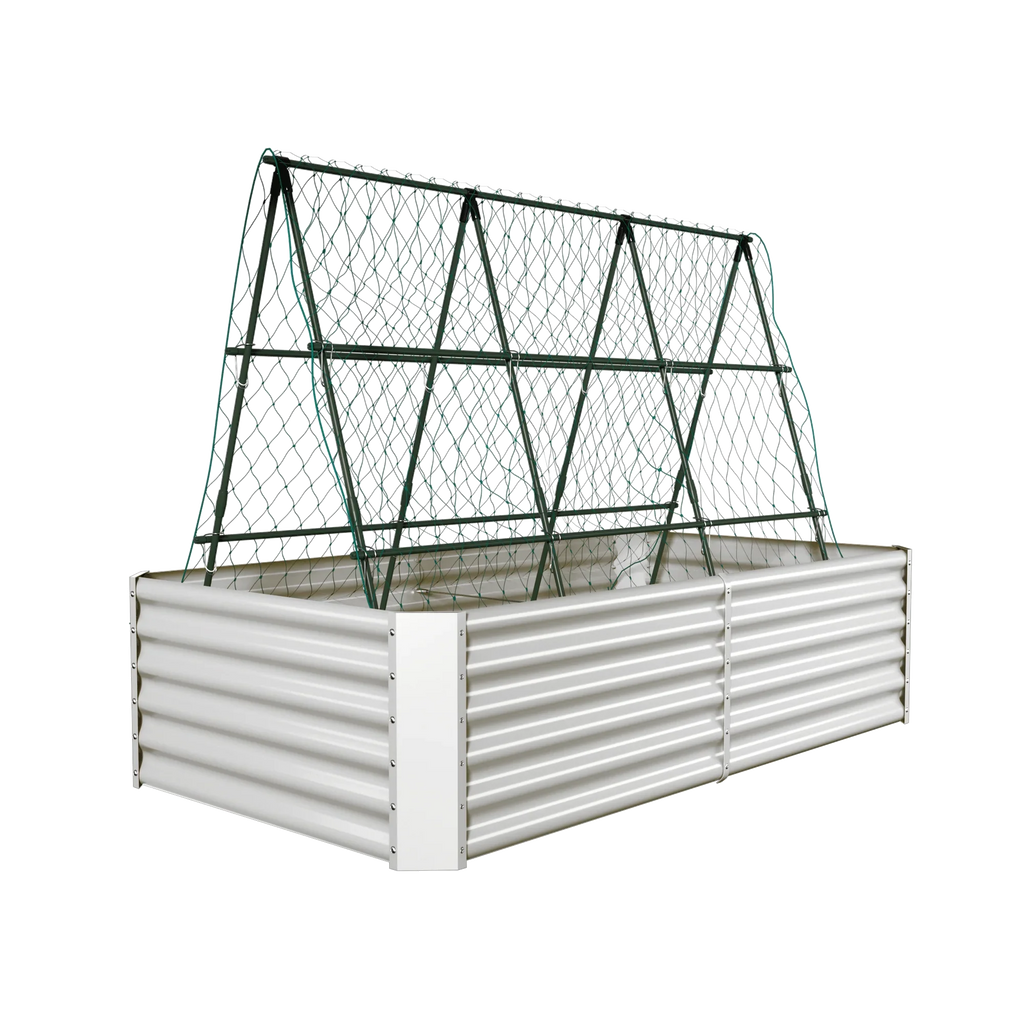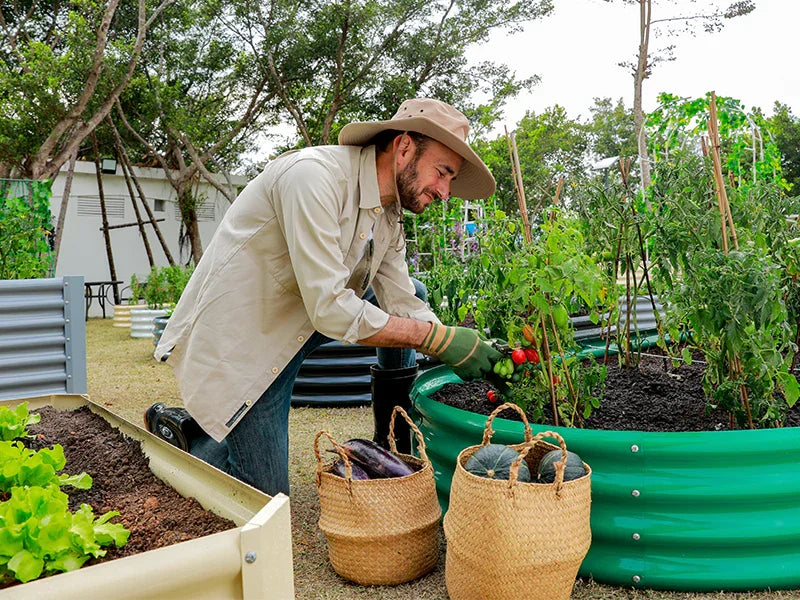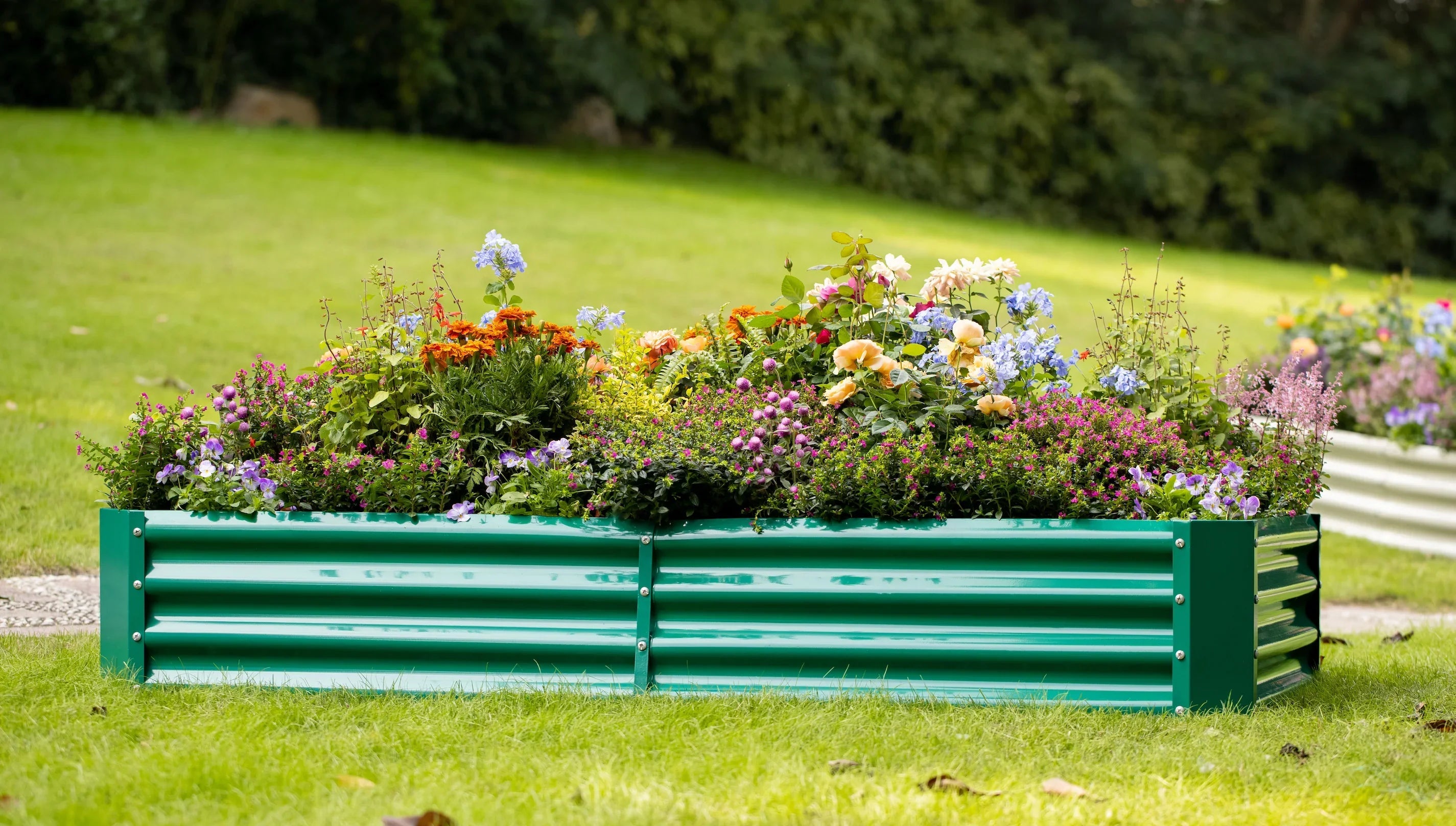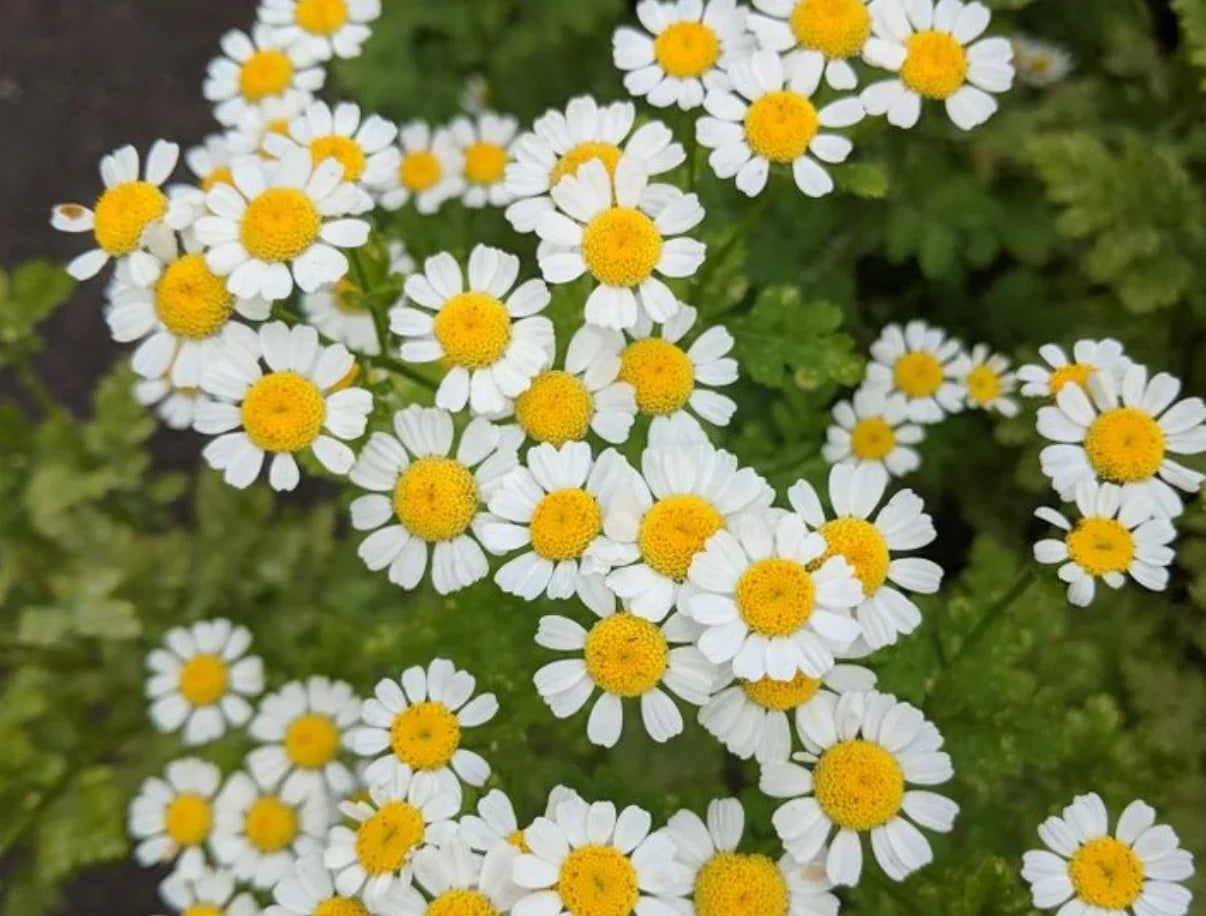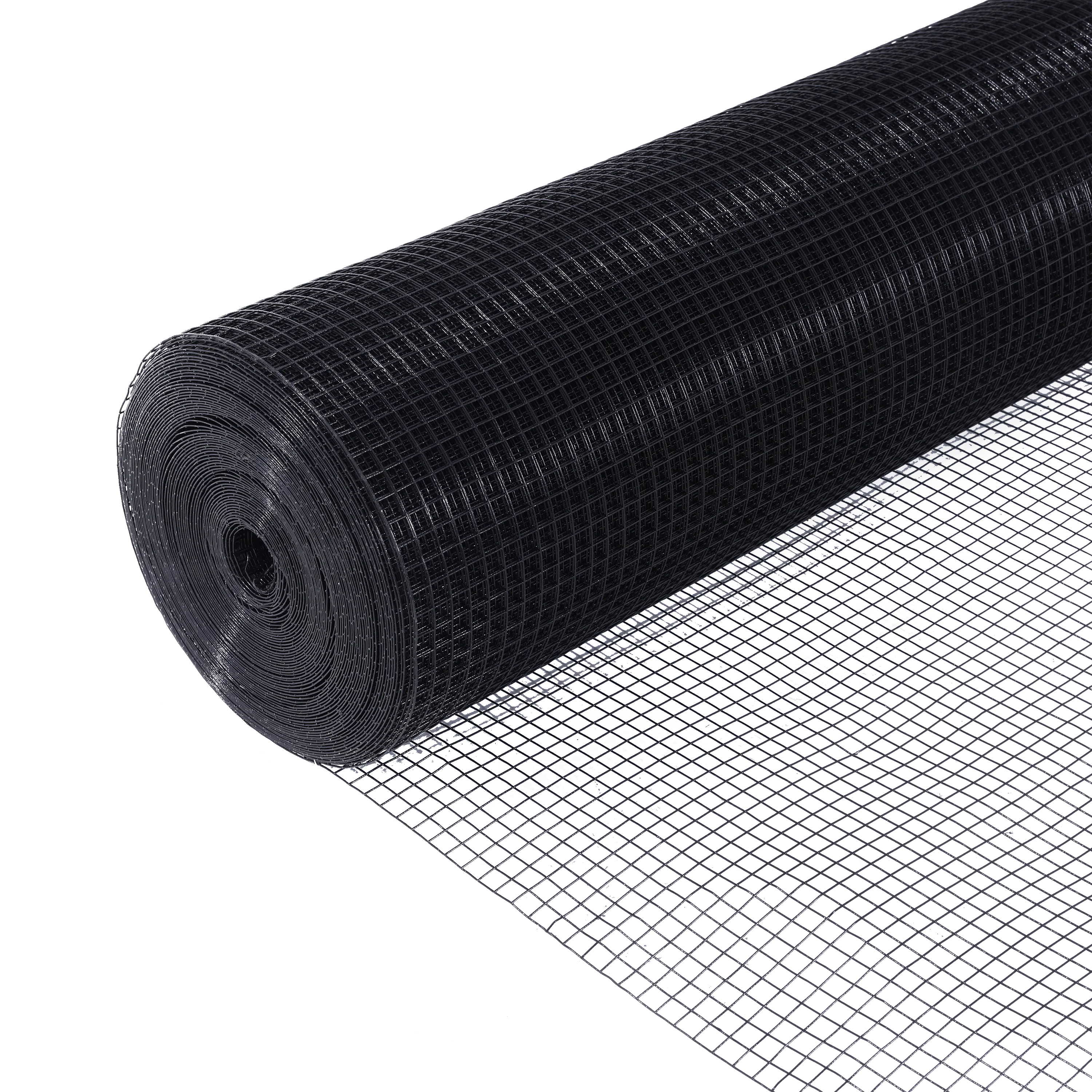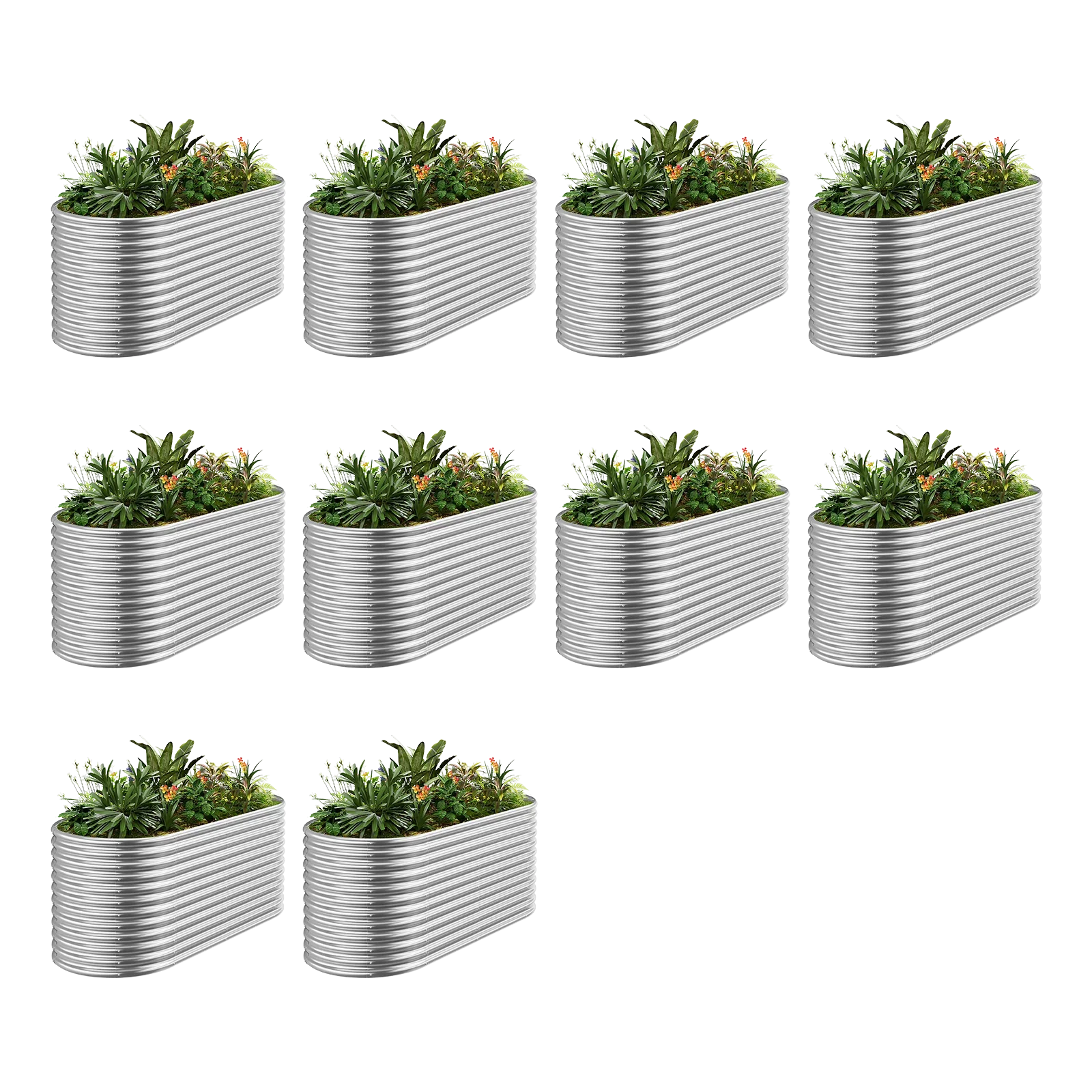Starting a garden can feel overwhelming—but with the right foundational knowledge, even complete beginners can grow lush, healthy plants. This ultimate guide distills 20 crucial gardening tips into actionable steps, helping you avoid common mistakes and set up your green space for success.
Why These Tips Work (Science-Backed Gardening Basics)
✔ Prevent 80% of beginner mistakes (overwatering, wrong plant placement)
✔ Save money by growing plants efficiently from the start
✔ Build confidence with quick-win techniques
Section 1: Smart Setup (Before You Plant)
1. Start Small – Avoid Overwhelm
-
Begin with 3-5 easy plants (e.g., basil, marigolds, snake plants)
-
Best starter gardens:
-
Container herb garden (indoor/outdoor)
-
4’x4’ raised bed (manageable size)
-
2. Test Your Soil (The #1 Missed Step)
-
DIY test: Squeeze damp soil—if it holds shape but crumbles when poked, it’s ideal
-
Fix poor soil:
-
Clay: Add compost & perlite
-
Sandy: Mix in coconut coir
-
3. Pick the Right Location
-
Sunlight cheat sheet:
-
Full sun (6+ hrs): Tomatoes, peppers
-
Partial shade (3-6 hrs): Lettuce, hostas
-
Full shade (<3 hrs): Ferns, peace lilies
-
4. Invest in 5 Essential Tools
-
Ergonomic trowel
-
Pruning snips
-
Watering can with long spout
-
Kneeling pad
-
Gardening gloves
Section 2: Planting Like a Pro
5. Read Plant Tags Carefully
-
Key symbols to understand:
-
☀️🌤️🌑 (sun needs)
-
💧 (water frequency)
-
📏 (mature size)
-
6. The Finger Watering Test
-
Method: Insert finger up to 2nd knuckle—water only if dry
-
Better than schedules: Prevents over/underwatering
7. Plant at the Right Depth
-
Rule of thumb: Bury only as deep as the nursery pot
-
Exceptions: Tomatoes (bury 2/3 of stem)
8. Space Plants Properly
-
Common spacing mistakes:
-
Too close: Causes disease
-
Too far: Wastes space
-
Section 3: Watering & Feeding Secrets
9. Water Deeply But Less Frequently
-
Healthy roots need:
-
1” water/week (adjust for rain)
-
Morning watering (reduces evaporation)
-
10. Use the “Weakly, Weekly” Fertilizing Rule
-
Liquid fertilizer at 1/4 strength every 7-10 days > occasional heavy doses
11. Try Coffee Grounds for Acid-Lovers
-
Plants that thrive:
-
Blueberries
-
Roses
-
Azaleas
-
Section 4: Pest & Disease Prevention
12. Spray Plants with Soapy Water
-
DIY insecticide: 1 tsp dish soap + 1 quart water
-
Targets: Aphids, spider mites
13. Plant Marigolds as Natural Pest Control
-
Repels: Nematodes, whiteflies
14. Remove Yellow Leaves Immediately
-
Prevents fungal spread
Section 5: Seasonal Strategies
15. Follow a Seed-Starting Calendar
-
Sample timeline:
-
Feb-Mar: Start tomatoes indoors
-
Apr-May: Plant cool-weather crops (lettuce)
-
Jun: Transplant heat-lovers (peppers)
-
16. Mulch in Spring & Fall
-
Benefits:
-
Keeps soil moist
-
Prevents weeds
-
Regulates temperature
-
Section 6: Troubleshooting
17. Diagnose Problems with This Flowchart
-
Leaves yellow? → Overwatering
-
Brown crispy edges? → Underwatering
-
Holes in leaves? → Pests
18. Revive Struggling Plants with “The ICU Method”
-
Steps:
-
Trim dead growth
-
Repot in fresh soil
-
Place in shade for 3 days
-
Bonus: 2 Advanced Tips for Faster Success
19. Talk to Your Plants (Seriously!)
-
Science says: CO2 from breath boosts growth
20. Keep a Garden Journal
-
Track:
-
Planting dates
-
What worked/failed
-
Weather patterns
-
Final Tip: Be Patient!
Plants operate on nature’s timeline—not ours. Celebrate small wins like:
✅ First true leaves
✅ Initial blooms
✅ Harvesting your own herbs
Want More? Download our [Free Beginner’s Planting Calendar] or explore [5 Foolproof Plants for First-Timers].






